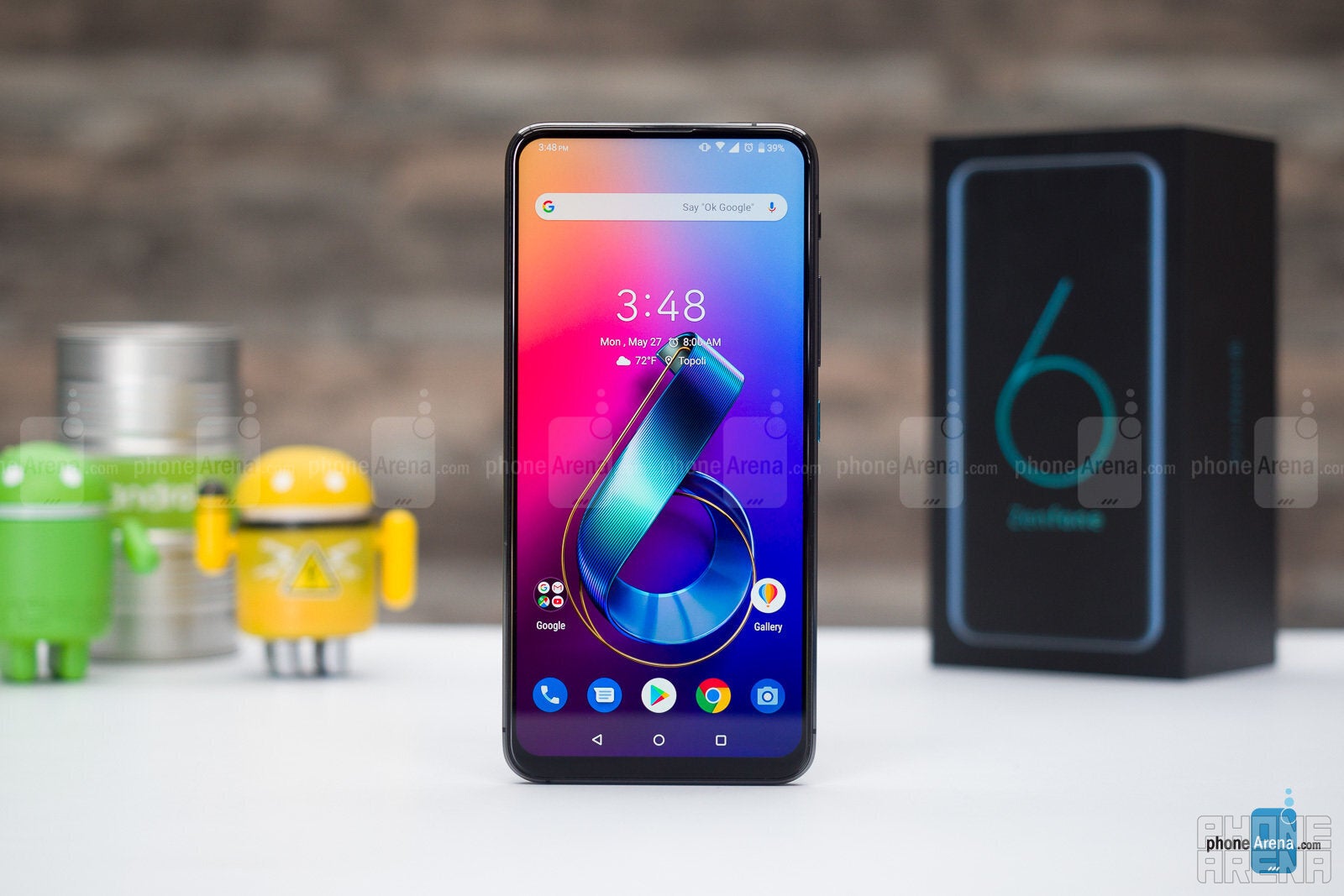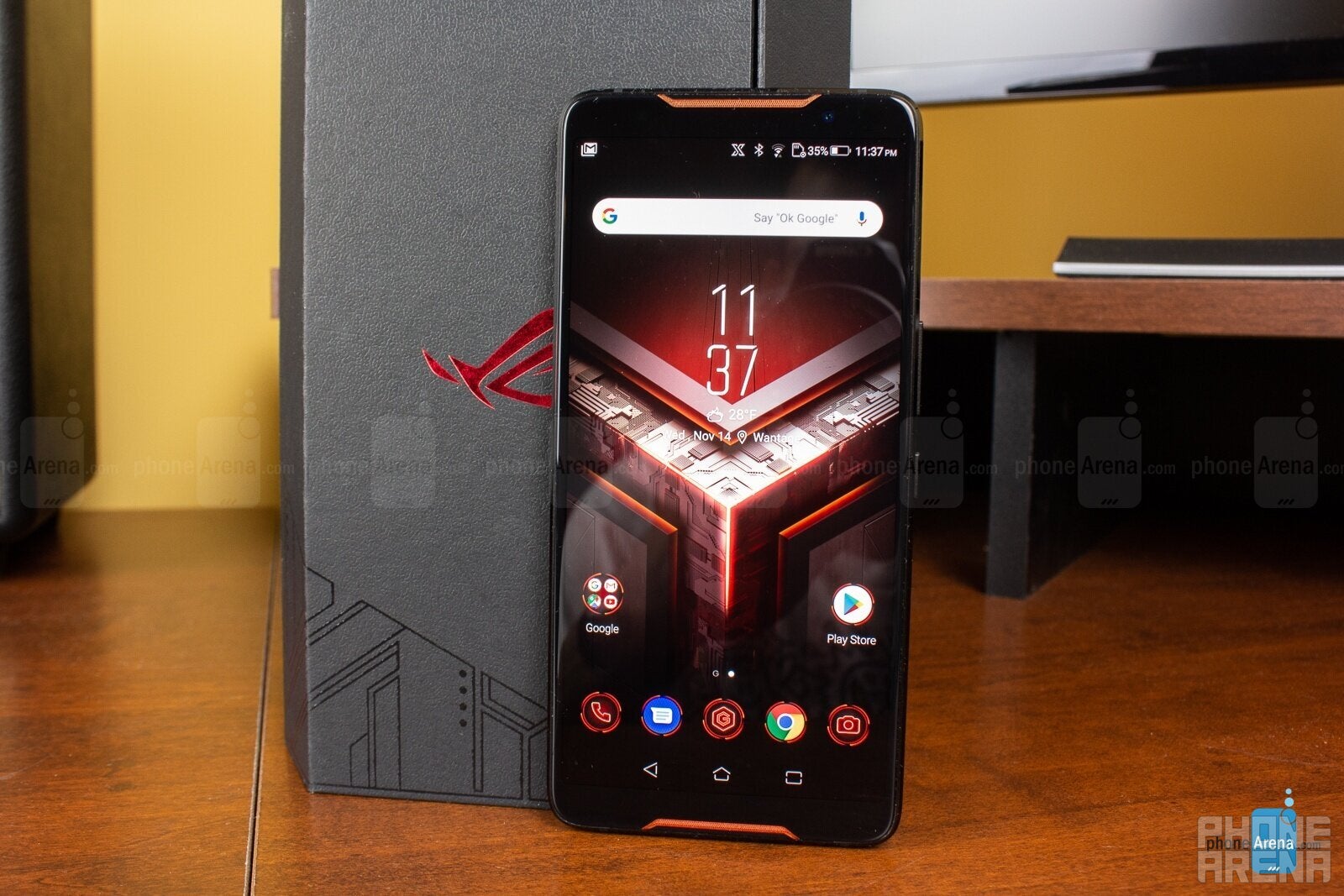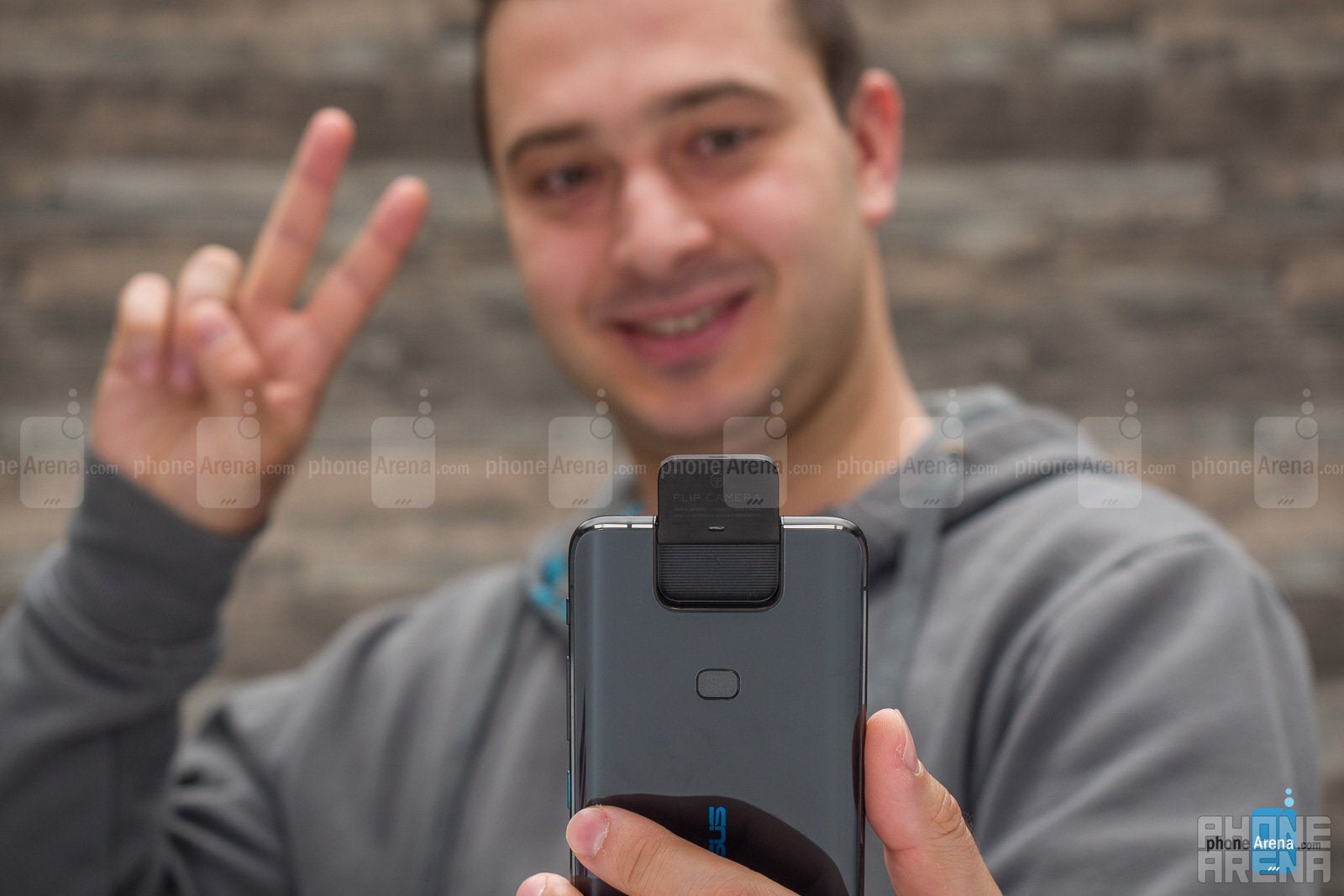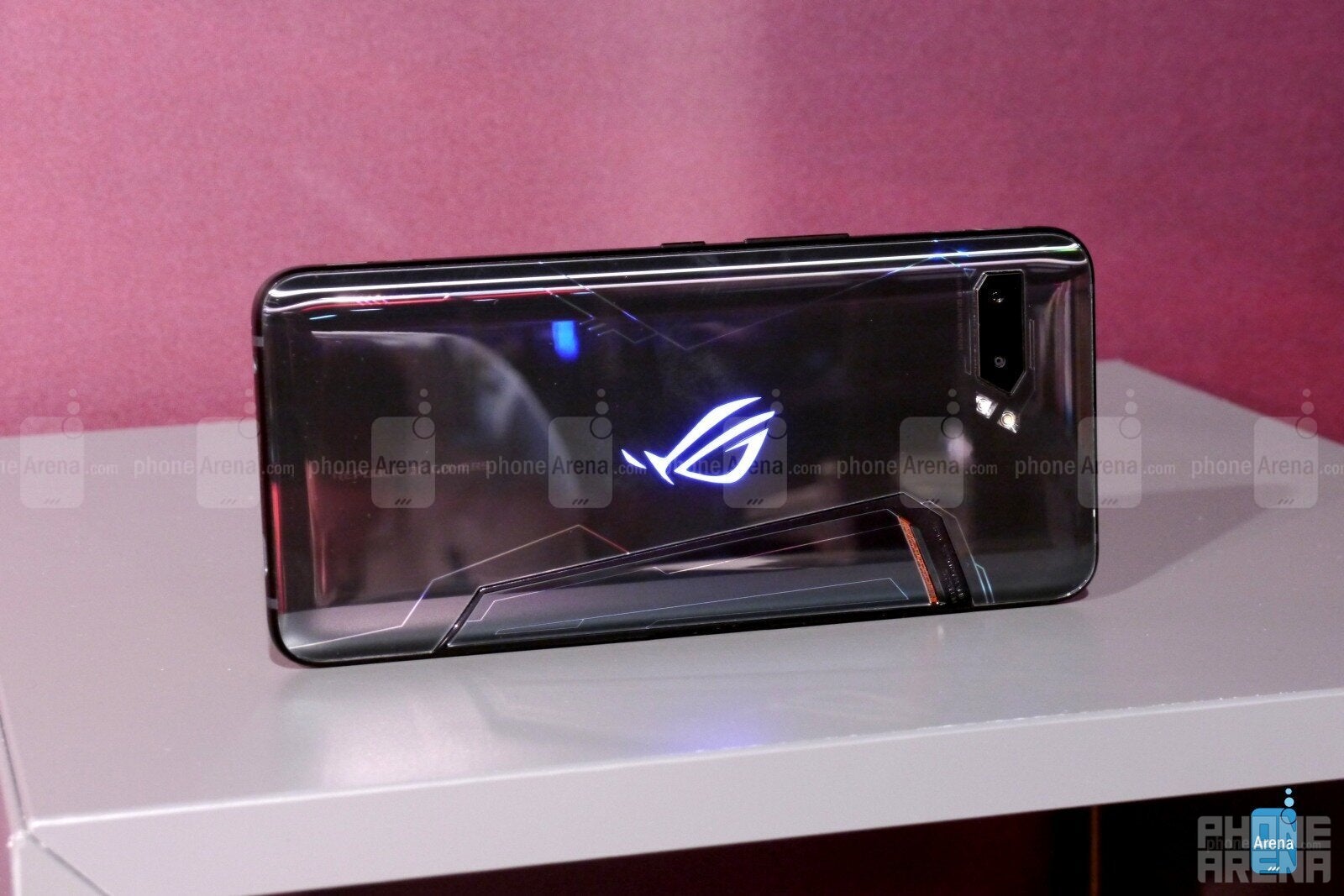Asus is low-key becoming a force to be reckoned with
This article may contain personal views and opinion from the author.

The ZenFone 6 is one of the best affordable flagships money can buy right now
It's odd to say this, but one of the most promising smartphone market newcomers is... not a newcomer at all. There are a number of reasons why Asus hasn't exactly made waves in an industry it first tackled many years ago, some of which might only be known to a select few executives familiar with the inner workings of the Taiwan-based tech giant.
Of course, the company's problem was never a lack of public attention or media visibility, but rather a lack of direction. For far too long, Asus experimented with quirky designs and unconventional products in the search for a game changer that never came. The company basically tried everything to stand out from the pack, which is obviously not a bad thing per se. Unfortunately, a lot of the creative and eccentric ideas that seemed to work on paper fell flat out in the real world or simply failed to catch on at a large enough scale.
While Asus is still not among the world's top ten smartphone vendors, its latest designs and revised business focus are showing a great deal of promise. Perhaps for the first time ever, we're talking about real-life promise instead of just theoretical potential, as proven by our in-depth ZenFone 6 and ROG Phone reviews.
Searching the middle ground between innovation and playing it safe
Before releasing a fairly conventional ZenFone handset lineup in 2014, Asus had made quite a splash in the then-thriving tablet market with so-called Transformer Pads, which can be credited with paving the way for today's 2-in-1 laptops. Encouraged by the enthusiastic reception of these hybrid devices, Asus tried to bring some of that transforming magic to smartphones with the PadFone series.

The ZenFone 6 is neither too boring, nor too unconventional
This was one of those aforementioned concepts that worked so much better in theory than in reality, but Asus refused to admit defeat, refining and upgrading various forms of turning a phone into a tablet before ultimately throwing in the towel. Of course, that was merely the tip of the company's experimentation iceberg, as Asus kept throwing everything at the wall in the empty and misguided hope something would eventually stick.
Augmented reality, advanced optical zoom capabilities, selfie prowess, you name it, Asus tried to make it a thing before virtually anyone else in the global mobile industry. But as time went by and none of these gambles paid off, the company started to tone down the "originality." A largely forgettable ZenFone 5 family followed, but at the same time, Asus finally found a niche worth pursuing.
Shortly after the gaming-centric ROG Phone, the ZenFone 6 came with a near-perfect balance of traditionalism and out-of-the-box thinking.
A great (re)start based on two good ideas
Basically, the first-gen ROG Phone marks the beginning of a new chapter in the company's efforts to become a relevant handset vendor on the global stage. As reported late last year, the early popularity of the gaming beast gave Asus the confidence to reorganize its mobile business around serving power users. Instead of endlessly pursuing the new and the different or trying to compete in an insanely crowded mid-range segment with repetitive and forgettable models, the company is focusing more on profits and PC technologies that can actually work for phones too.

The ROG Phone is certainly not your ordinary bezel-fighting flagship
All the things that make the ROG brand so appealing for PC gamers were always there to be adapted to a smaller screen, so it's honestly shocking that Asus wasted so much time with its gimmicky PadFones and FonePads before giving gaming handsets a whirl. Now, I know what you're going to say. Any high-end smartphone these days is more than capable of handling the most graphically demanding, intense, and extended gaming sessions.
That might be true, but it's definitely also true that the ROG Phone and ROG Phone 2 offer things that "general" flagships cannot rival or match right now. Things like blazing fast display refresh rates, extremely loud and incredibly clear-sounding speakers, as well as stellar battery life. And let's not forget about those love-or-hate designs that are certainly good for contrast in today's boring high-end smartphone landscape.

The quirky flip camera on the ZenFone 6 works almost surprisingly well
If you still don't get the appeal of the ROG Phone series or have no intention of spending $900 and up on any device, no matter how muscular, the ZenFone 6 may well be the ideal non-enthusiast handset... alongside the OnePlus 7 Pro. Priced at a very reasonable $500 and up, the Snapdragon 855 powerhouse takes just the right amount of risks to feel both ahead of its time and a smart investment today.
Together, the ROG Phone 2 and ZenFone 6 are the one-two punch Asus is looking to throw at the competition this holiday season to prove once and for all its strategy can help shape if not revolutionize the market.
Still a long way to go
We all know one swallow does not a spring make, especially if said swallow stays hidden until summer comes. In other words, people need to see and actually be able to buy the ROG Phone 2 and ZenFone 6 in addition to hearing about them. Asus might not be new to this business, but the company is sure playing the US retail game like a rookie, destroying the enormous blockbuster potential of these two great devices with tardy and spotty availability.

The ROG Phone 2 is here at last
Unveiled back in July, the ROG Phone 2 is finally up for pre-order stateside. Meanwhile, the ZenFone 6 technically made its US commercial debut several months after being announced internationally, but at the time of this writing, all variants are listed as "temporarily sold out" or "back-ordered" at Asus.com and B&H. The fact one particular configuration is ranked among the latter retailer's best sellers in this context is extraordinary, but Asus has no excuse for botching such an important release.
It's not too late to make things right, but going forward, the company has to do better straight off the bat. Some carrier backing would also be nice, and it's not out of the question either given Verizon's support for devices like the ZenFone V, ZenFone V Live, and ZenFone AR in recent years. All in all, Asus seems to have everything it takes to become a major smartphone vendor... on paper, which unfortunately doesn't always translate into real-world success.
Follow us on Google News













Things that are NOT allowed:
To help keep our community safe and free from spam, we apply temporary limits to newly created accounts: